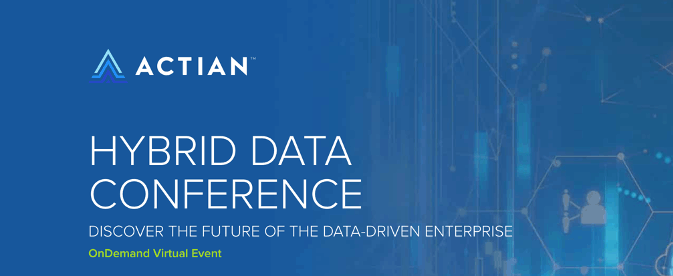7 Lies of Data Catalogs #7: Complex, Not Complicated
Actian Corporation
July 20, 2021

The Data Catalog market has developed rapidly, and it is now deemed essential when deploying a data-driven strategy. Victim of its own success, this market has attracted a number of players from adjacent markets.
These players have rejigged their marketing positioning in order to present themselves as Data Catalog solutions.
The reality is that, while relatively weak on the data catalog functionalities themselves, these companies attempt to convince, with degrees of success proportional to their marketing budgets, that a Data Catalog is not merely a high-performance search tool for data teams, but an integrated solution likely to address a host of other topics.
The purpose of this blog series is to deconstruct the pitch of these eleventh-hour Data Catalog vendors.
Here are, in our opinion, the 7 lies of the Data Catalog vendors:
- A Data Catalog is a Data Governance platform.
- A Data Catalog can measure and manage data quality.
- A Data Catalog can manage regulatory compliance.
- A Data Catalog can query data directly.
- A Data Catalog can model logical architecture and business processes around data.
- A Data Catalog is a collaborative cartography and metadata management tool that cannot be automated.
- A Data Catalog is a long, complex, and expensive project.
A Data Catalog is Complex…but isn’t Complicated
This closing statement seems to us, a fitting summary for all of the above, and it will be our conclusion.
We have seen too many Data Catalog initiatives morph into endless data governance projects that try to solve a laundry list of issues- ignoring those easily solved by a Data Catalog. Once you have removed the extra baggage.
The deployment of a Data Catalog only takes a few days, rather than months, to produce value.
The services rendered by a Data Catalog are simple. In its leanest form, a Data Catalog presents as a search bar, in which any user can type in a few keywords (or even pose a question in a natural language) and obtain a list of results with the first 5 elements being the most relevant, thus providing him with all the information he needs to use the data (just like a web search engine, or an online retailer).
This ease of use is crucial to guarantee adoption by the data teams. On the user front, the Data Catalog should be a simple affair with a clean design. Like any other search or recommendations engine, however, the underlying complexity is substantial.
The good news for the customer is that this complexity is nothing for you to worry about, it’s on us.
Actian Data Intelligence Platform has invested enormously on the structure of the information (building a knowledge graph), on automation and on the search and recommendations engine. This complexity isn’t visible but it is what constitutes the value of a Data Catalog.
The obsession for simplicity is at the heart of our values. Each functionality we choose to add to the product has to tick one of the two boxes below:
- Does this functionality help deploy the catalog faster in the organization?
- Does this functionality enable the data teams to find the information more quickly in order to get on with their projects?
If neither of the questions above are answered by yes, the functionality will be discarded.
The result is that you can connect the Actian Data Intelligence Platform to your operational systems, configure and feed your first metamodel, and open the catalog to the end users within a matter of days.
Of course, going forward, you’ll need to complete the metamodel, integrate other sources, etc. But the value creation is instant.
Subscribe to the Actian Blog
Subscribe to Actian’s blog to get data insights delivered right to you.
- Stay in the know – Get the latest in data analytics pushed directly to your inbox.
- Never miss a post – You’ll receive automatic email updates to let you know when new posts are live.
- It’s all up to you – Change your delivery preferences to suit your needs.
Subscribe
(i.e. sales@..., support@...)













